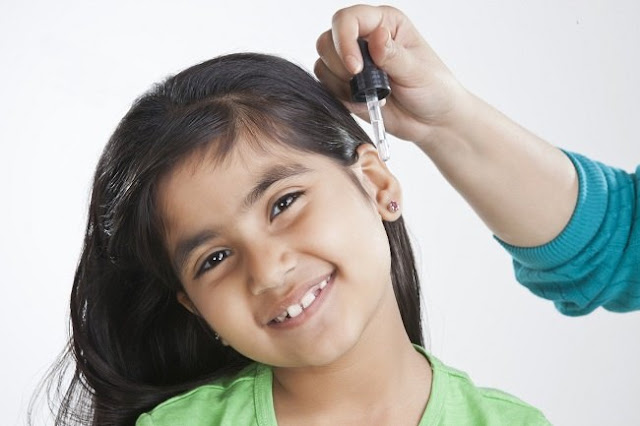Anticipation Before Using Ear Drops
Ear drops can be used to prevent and treat infections, and eliminate ear wax. However, there are several considerations that should be used as a reference when trying to use this drug. What are the references referred to?
If you feel a problem with your ears, do not just use ear drops just like that. You need to know what conditions require treatment with ear drops, and how to use them correctly.
Conditions that require ear drops
Here are some ear infections that can use ear drops as a treatment.Inflammation of the outer ear
This condition is also called otitis externa. The cause of infection in this area is often fungus and bacteria. Usually the infection occurs in the ear canal located between the eardrum and the outer ear. The trigger for this infection is due to the entry of dirty water or damage to the ear canal due to the process of cleaning the wrong or too hard ears.
Acute middle ear inflammation
Most of these cases are caused by viruses, but bacteria can also be the cause of otitis media or inflammation of the middle ear. Inflammation of the middle ear is often experienced by children who have the flu and cough, and blocked Eustachian tubes. Eustachian tube is a channel that connects the middle ear to the nasal cavity. An infection in the respiratory tract can also be a cause of this disease.
Chronic inflammation of the middle ear
Ear inflammation is also accompanied by fluid in the middle ear. The amount of fluid behind the eardrum usually does not interfere with children. The liquid will usually disappear after a few weeks or a few months. But if it never goes away, of course it must be treated.
How to use the right ear drops
Although it seems trivial, the use of ear drops (including itching ear medication) must pay attention to several things when used. The wrong way will actually eliminate the benefits contained in this drug. Make sure the ear drops are used as needed. If you want to treat ear infections caused by bacteria, then use ear drops that act as antibiotics, not drugs that just deal with pain because it will not be effective. For antibiotics, make sure you have a doctor's prescription before using it. Keep ear drops in a place that has room temperature. Avoid storing it in a humid, hot place and in direct sunlight. Also avoid using this drug if there are spots that float in it. Some things to note when using ear drops are:- Warm the ear drops by placing them in the hand for several minutes.
- Shake the bottle of ear drops slowly.
- Do not stick the tip of the bottle directly with the ear because it can spread germs.
- Tilt the bottle into the ear canal to be treated.
- Pull and hold the earlobe when you want to drip ear drops.
- Press the bottle slowly so that the droplets match the dosage.
- Tilt the ear for some time after the ear drops have entered.
- Hearing is ringing.
- The ears feel itchy, hot, or sore.
- There is a rash around the ear.
- Dizzy.




Komentar
Posting Komentar